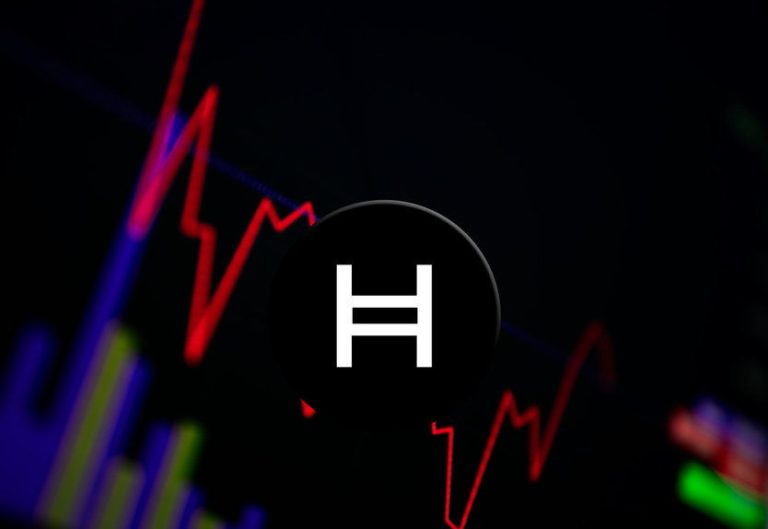Ethereum price has underperformed most altcoins in this crypto bull run, but analysts believe that the coin could stage a comeback and surge to $10,000. The ETH token was trading at $3,725, its highest level since June 7, and 75% above its lowest level in August.
Crypto analysts are bullish on Ethereum price
The crypto community is largely divided about Ethereum as it continues to lose market share to Solana, Sui, and layer-2 networks like Base and Arbitrum. Ethereum’s critics point to its weak inflows in the exchange-traded funds (ETF) industry.
Recently, however, we have seen some movement as inflows have risen. The cumulative total inflows jumped to over $573 million, with most of these funds flowing on November 29, when they rose by $332 million.
In an X post, Wolf, a popular crypto analyst with over 100k followers, predicted that Ethereum price would hit between 9k and 10k by May next year. He pointed to technicals, which included patterns like falling wedges and regressions.
If his ETH forecast is accurate, it means that the coin will jump by 177% from the current level. Such gains are common in the crypto industry, as evidenced by the recent rallies by Stellar Lumens (XLM) and Ripple (XRP) have jumped by over 200% in the past few weeks.
Freedom by 40, another crypto analyst, predicte that the coin would make a parabolic move soon. He cited the fact that it was in an impulsive Elliot wave pattern, which is often a bullish sign. His view is that the coin has been in the fourth wave, and that the bullish fifth wave was starting.
Testing a pretty big level right now but when it does break then all of a sudden Ethereum will be cool again and it’ll move quickly imo.
ETH price analysis: golden cross points to more gains
The daily chart shows that the ETH price bottomed at $2,125 in August, and has now jumped by over 70% to the current $3,675. It has moved above several key resistance levels, with the most recent one being at $3,552, its highest level on July 22nd.
The coin has also jumped above the key resistance level at $2,810, its highest level on August 24 and its lowest swing on May 1. It has also moved above the ascending trendline that connects the lowest swings since September 6.
Ether has also formed a golden cross pattern as the 50-day and 200-day Exponential Moving Averages (EMA). In most periods, this is one of the most bullish patterns in the market. It has also jumped above the 23.6% Fibonacci Retracement level at $3,488.
Oscillators like the Relative Strength Index (RSI) and the MACD have continued pointing upwards, a sign that it has momentum. Therefore, the path of the least resistance for the ETH coin is bullish, with the next point to watch being at $4,093, its highest point this year, which is about 12% above the current level.
The bullish view will be contigent on whether Bitcoin continues rising, and possibly pierces the important resistance at $100,000. If this happens, Ethereum could jump to over $5,000 in December.
Ethereum has strong fundamentals
Despite all its woes, Ethereum still has some of the best fundamentals in the crypto industry. Its DeFi total value locked (TVL) rose by 40% in the past 30 days to over $71 billion. This amount means that it is bigger than the other ten networks, combined.
The biggest players in Ethereum’s DeFi network are the likes of Lido, AAVE, EigenLayer, Maker, Uniswap, Spark, and Ethena.
Ethereum is still a big player in the DEX industry, where its DEX protocols have handled volume worth over $3.12 trillion over time. The biggest of these protocols are Uniswap, Curve Finance, Pendle, Balancer, and PancakeSwap.
Ethereum is still the cash king in the crypto industry as it has made over $2.5 billion in fees this year. The other top networks are Tether, Tron, Lido Finance, and Bitcoin.
The post Ethereum price prediction as crypto pundits sees it hitting $10k appeared first on Invezz










